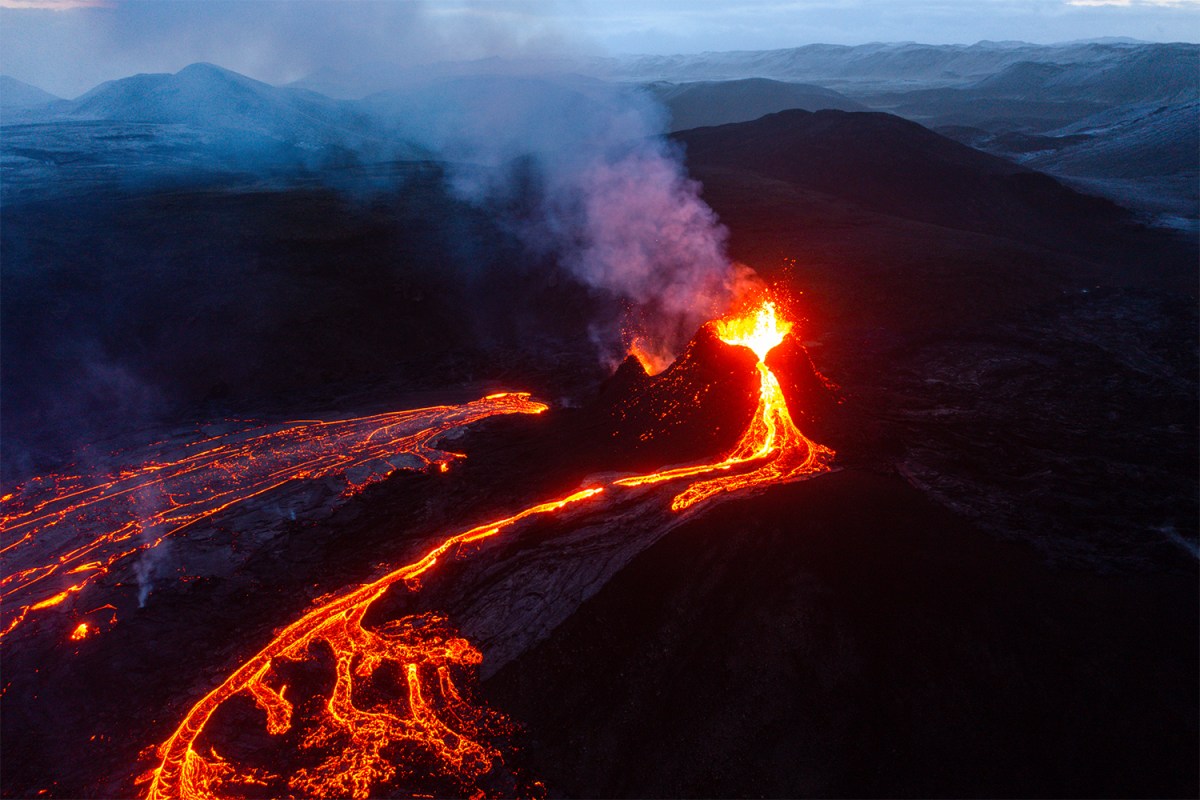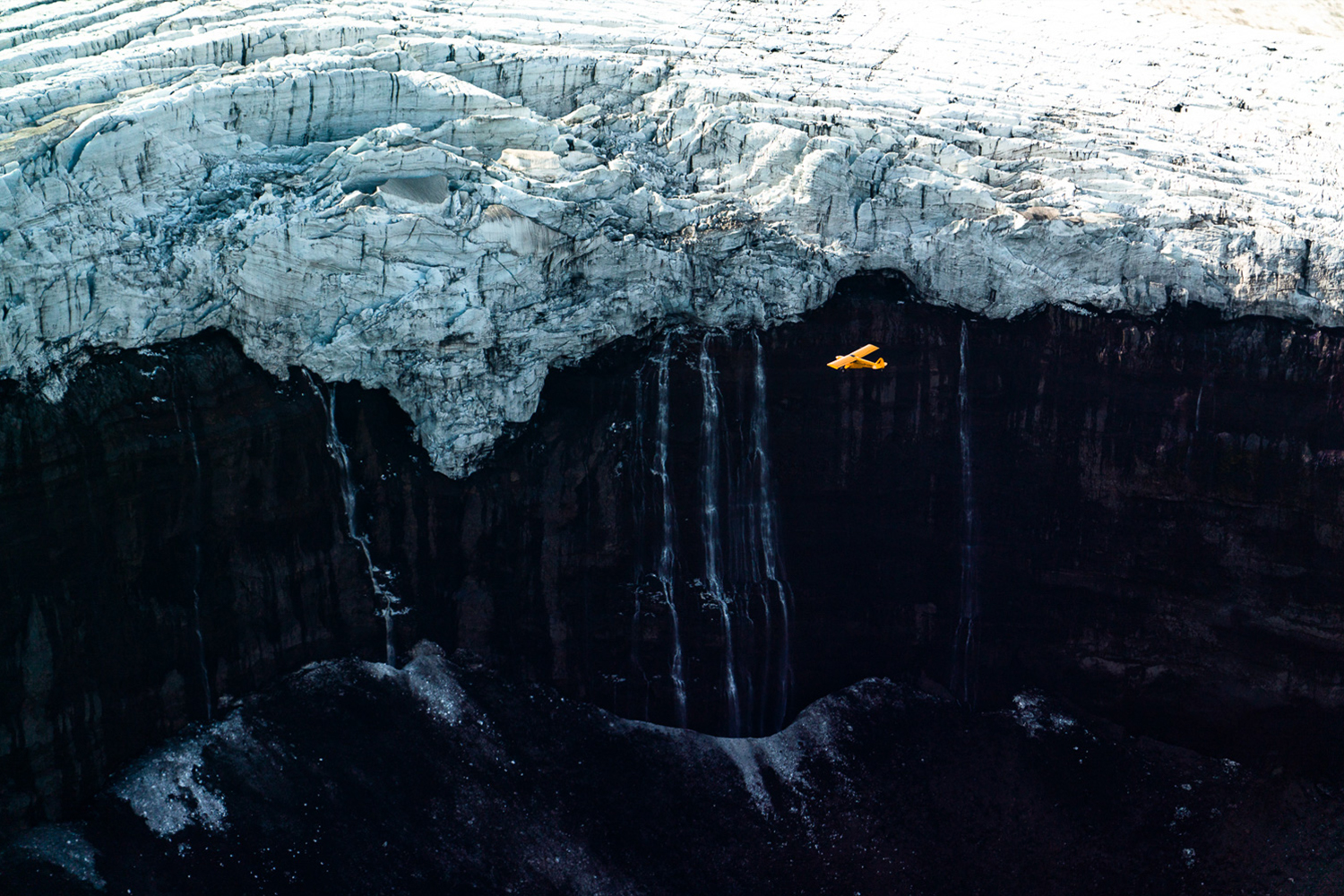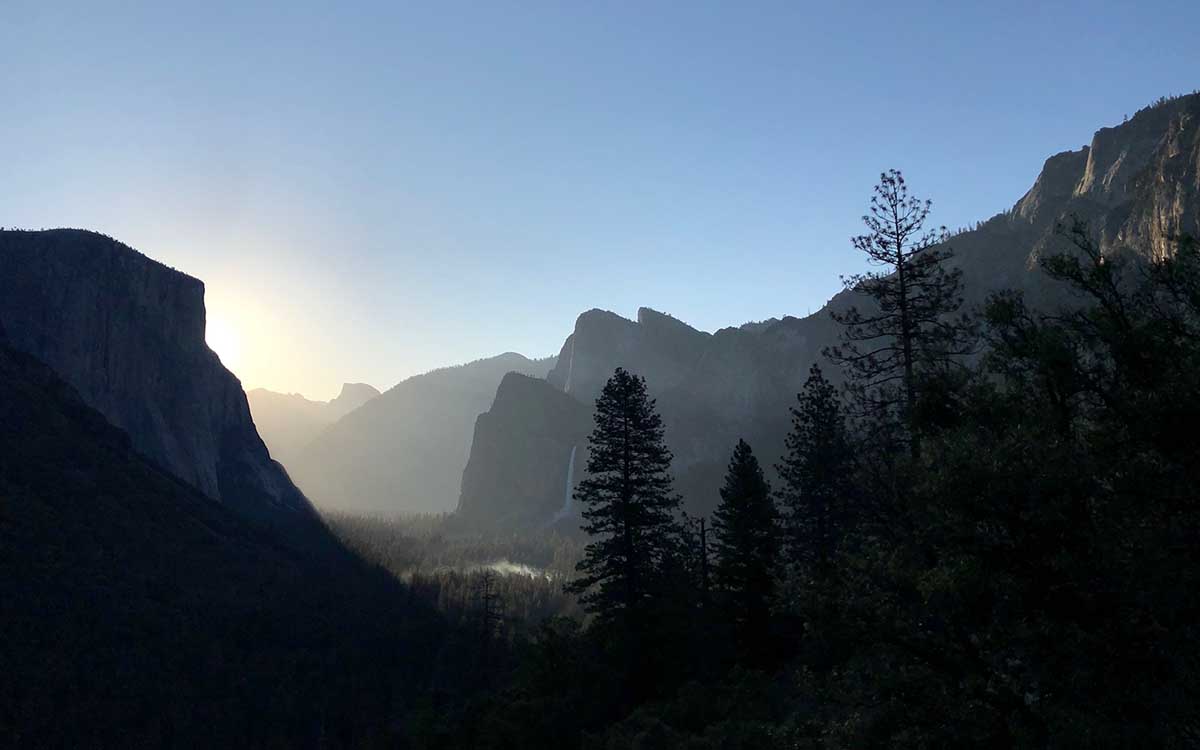Chris Burkard is an internationally renowned adventure photographer, filmmaker and storyteller. Through his popular social media channels and artwork, he shares his passion for the outdoors with millions of people across the globe on a daily basis.
Recently, Burkard was in Iceland for work when a volcano erupted in the Geldingadalur region of the Reykjanes Peninsula, giving him a once-in-a-lifetime opportunity to witness history — and earth — in the making. His story appears as told to Charles Thorp, and has been edited and condensed for clarity.
It was Friday evening when I heard it happened. By chance, I was already in Iceland in between two different projects, and had just wrapped up dinner with a friend when I got a text saying that the Reykjanes Peninsula had erupted. I was taken completely by surprise. Even though I have been to the country 43 times over the course of 15 years, I never believed I would be around to see something like this.
There wasn’t a whole lot of time to organize. I was lucky that since I was here for a shoot, I already had all of my camera equipment and drones. That initial text kicked off a flurry of texts and phone calls where I was trying to get out there immediately. By that time they were already starting to close the airspace and some of the roads.
I was up until about 2 a.m. figuring out logistics, and by 8 a.m. I was on a plane. I brought all the gear with me that I could, and hoped that we would be able to get near enough to see. Sadly, they closed the airspace to a point where we couldn’t get remotely close. That honestly felt horrible, because I had spent all night trying to work it out, and then had to turn around without getting a glimpse.
Once we got back to our lodging, I immediately started coordinating again. We were able to locate a helicopter that same day, and by the time we boarded the airspace was open enough that we could land some distance away and walk up to it. I was completely blown away, and the eruption had really just started at this point. The cone was still on the smaller side, and I watched as the lava spurted up. I felt like a kid again. I spent an hour photographing it until we had to take the helicopter back.
By nightfall they had opened up the airspace more, so I got on a plane again and we were able to fly over it. I was shocked by how much the scene had changed just over the course of the three hours I had been away. The whole landscape was being completely reborn. The lava was spewing out more, and the earth was building on itself. What had been this small stream was now becoming a massive crater.
I knew that I had to spend more time on the ground to really get the kind of photos I needed to best illustrate the scene and truly help with the storytelling aspect — because my primary goal is to bring these wild experiences to the public, so that people are inclined to want to preserve these environments. To capture what I needed we decided to go back the next day and camp out there. We drove out in a Land Rover with all of our gear in the back. I spent the entire day and night shooting from every angle I could.
I can honestly say that I have never documented, or even seen, anything quite like it. There is a balance that I try to strike between being a photographer and an observer, where I want to capture something special like this accurately, but I also want to enjoy it. The eruption can be so affecting that it can be hard to get your head on straight while trying to shoot it. But with a volcano you have the benefit of a picture that is constantly evolving but always captivating. Imagine shooting something for eight hours that is constantly changing.
That is different than some of the other kinds of subjects that I have had, like great big waves or celestial events, which are fleeting. For those, you need a constant awareness, because you are trying to capture a pinnacle. In contrast, the volcano is a more visceral experience and seems to only get better through the process. You feel very connected to it. You are not just witnessing it, but smelling it, feeling it and hearing it. The heat, the ash in the air, the stinging in the eyes.
On the ground it can feel almost like the tropics, where you are going from feeling cold snow or rain to full blasts of hot air. When the wind isn’t beating down too hard, you can hear the volcano. The color is a bright yellow, with texture, and the moment it lands it starts to dry into black. It is completely insane to witness.
I was mostly using my Sony a7R IV, which is my go-to camera that I use for my commercial work or anything that I want to print large. For lenses I have been sticking with a 20-70mm, 16-35mm, and occasionally a 70-200mm. I was also snapping away with my iPhone 12.
Just as important as those cameras were my drones on this trip. I usually like to be up in the helicopter and capturing the moment myself, but this was one particular situation where you really can’t do that safely. The volcano and everything that comes with it made it hard to get that close. So using drones was important, and allowed us to show the scene a little more intimately without worrying about putting anyone in danger. I have the DJI Mavic Zoom and the Mavic Air.
That element of danger has been present throughout this trip. There wasn’t a whole lot of regulation when it comes to the people who showed up on the scene early; the natural places regulate themselves. There were no signs or ropes to prevent you from walking into danger. There was no one telling you to keep your distance, but the heat and the lava made sure you do. It comes down to common sense.
The most prominent threat came from the fumes. They can start to affect you quickly, which is why you need to monitor it. The wind could switch in an instant and it could get into your eyes and mouth. Putting on a mask can become imperative quickly. It comes down to being aware of your surroundings and cognizant when you are dealing with a volcano. Not to mention that this place can potentially explode at any moment.
That’s a risk you have to be willing to take. And in my mind, it has been worth it. There is something special about watching new earth being formed, birthing itself. I have to say, there was so much going on it was hard to process anything in the moment. It wasn’t until after that I have really been able to think about how incredible it all was. On my way back home, I had complete adrenal fatigue in the most beautiful way.
This article was featured in the InsideHook newsletter. Sign up now.






















